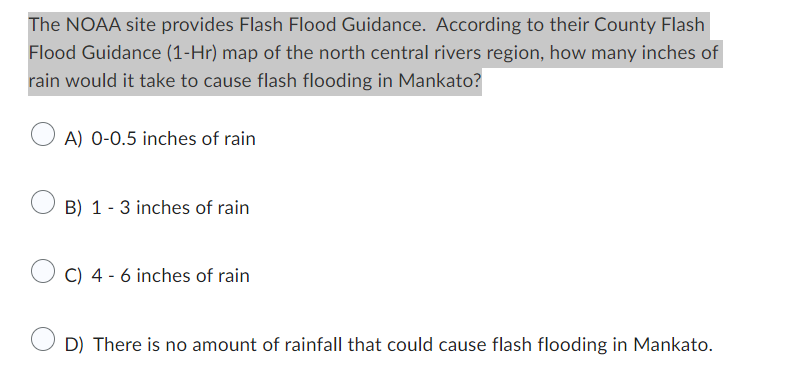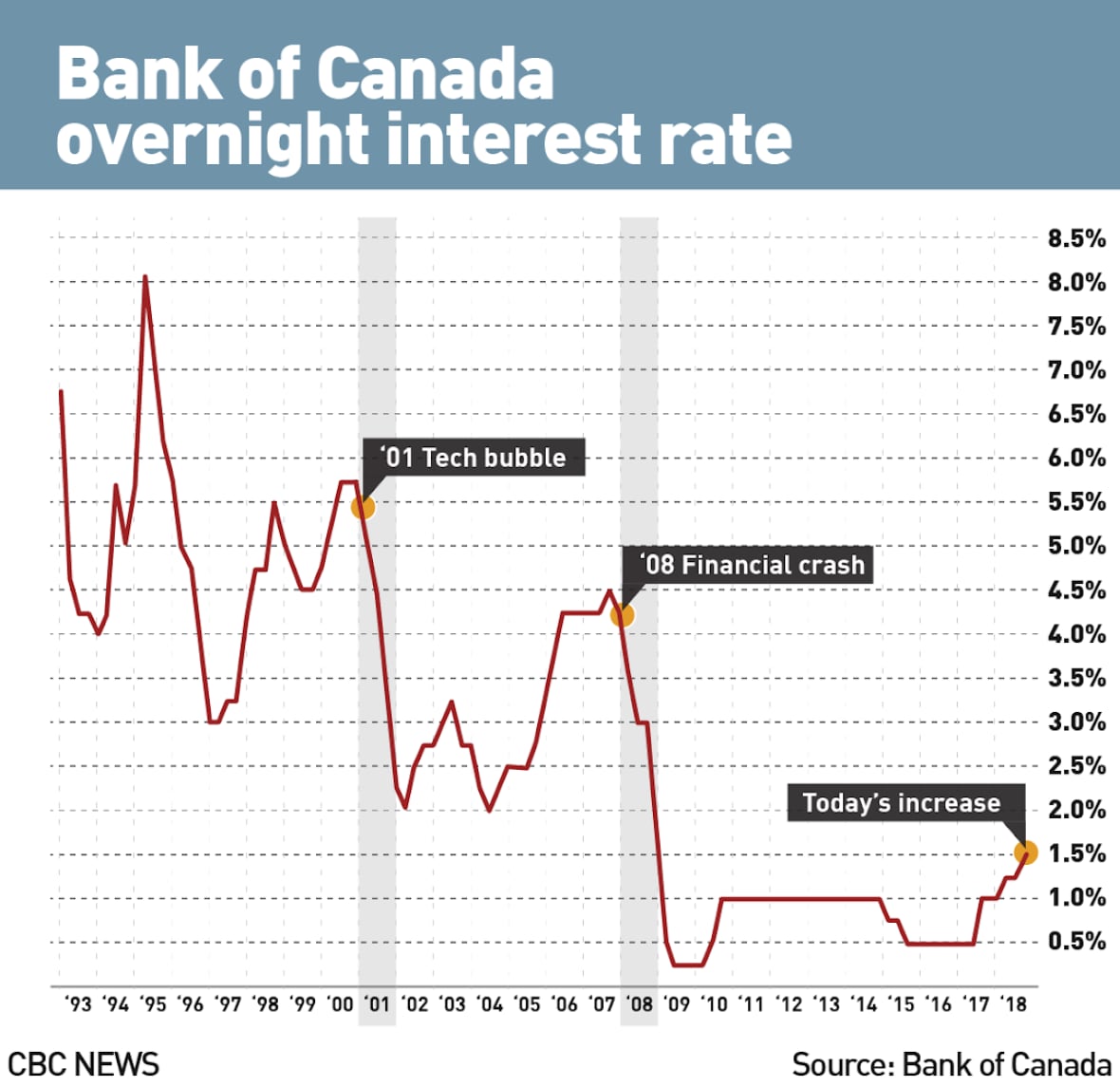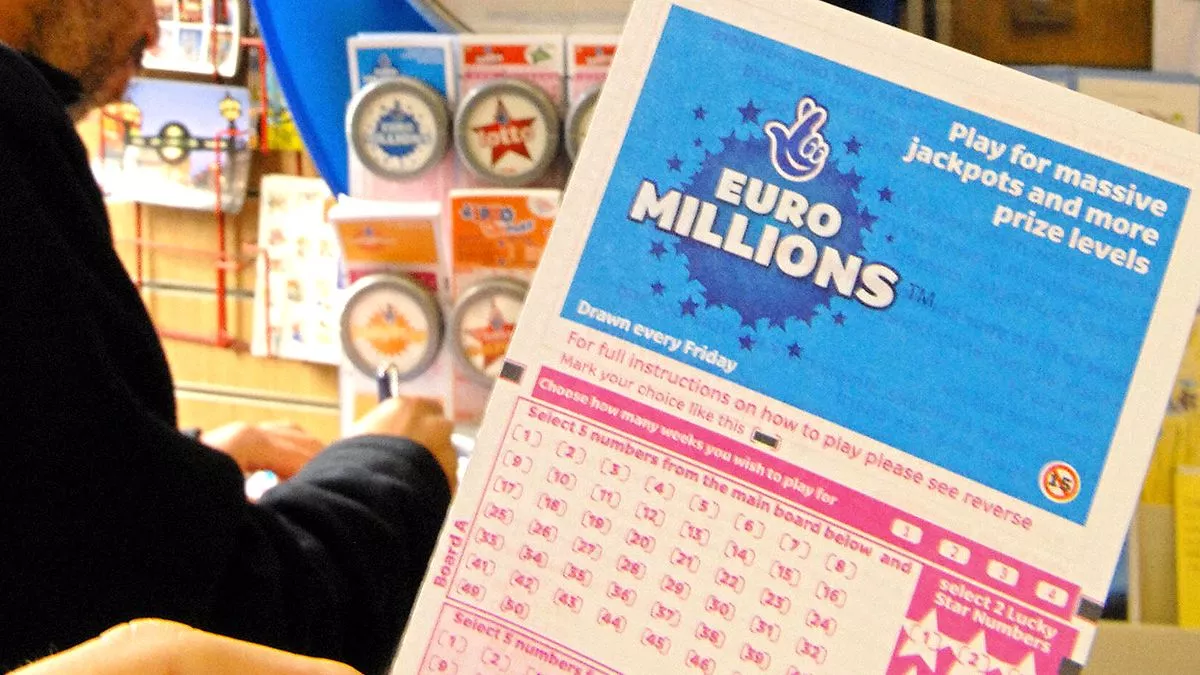Are You Prepared For A Flash Flood? Understanding Flood Warnings And Alerts

Table of Contents
Understanding Different Types of Flood Warnings and Alerts
Knowing the difference between a flood watch, warning, and advisory is crucial. These terms represent varying levels of flood risk and require different responses. Misunderstanding these alerts can have life-threatening consequences.
-
Flood Watch: A flood watch means that conditions are favorable for flooding. This isn't an immediate danger, but it's a strong indication that flooding is possible within the specified timeframe. It's time to monitor weather reports closely, prepare your emergency plan, and be ready to take action if conditions worsen. Think of it as a yellow alert.
-
Flood Warning: A flood warning signifies that flooding is occurring or is imminent. This is a serious alert. Flooding is already happening in your area, or it's about to. You should take immediate action to protect yourself and your property. Consider this a red alert.
-
Flash Flood Warning: This is the most urgent type of flood alert. A flash flood warning indicates that a sudden and dangerous flood is happening now. You must seek higher ground immediately. Delaying action could be life-threatening. This requires immediate and decisive action.
-
Flood Advisory: A flood advisory suggests that flooding is possible in the specified area. While the risk is lower than a warning, it still warrants caution and attention. You should monitor conditions closely and be prepared to take action if necessary.
Recognizing Flash Flood Warning Signs
While official warnings are crucial, recognizing visual cues can be equally important, especially in situations where alerts might be delayed or unavailable. Being vigilant and aware of your surroundings can significantly improve your chances of safety.
-
Sudden increase in water flow: A dramatic increase in the speed and volume of water in creeks, streams, and rivers is a major warning sign.
-
Water overflowing banks or rising quickly: If you see water rapidly rising and overflowing its normal boundaries, this indicates an imminent flash flood threat.
-
Unusual sounds of rushing water: Even if rain has stopped, the sound of rushing water, especially where it's not normally heard, can be an ominous sign.
-
Mud or debris flowing in the water: The presence of mud and debris in the water signals a significant increase in water flow and potential flash flooding.
-
Localized flooding in low-lying areas: Observe your surroundings. If you see low-lying areas becoming rapidly inundated with water, be aware of the escalating danger.
Creating a Family Flash Flood Preparedness Plan
Preparation is key to surviving a flash flood. A well-defined family plan will minimize confusion and maximize your chances of safety during an emergency.
-
Identify evacuation routes and safe locations: Plan multiple escape routes and designate safe locations on higher ground.
-
Prepare an emergency kit: This should include non-perishable food, water (at least one gallon per person per day), first-aid supplies, essential medications, copies of important documents, flashlights, batteries, a portable radio, and warm clothing.
-
Establish a communication plan: Determine a meeting place and establish a way to contact each other in case of separation.
-
Learn CPR and other basic first aid techniques: This knowledge could be invaluable in a post-flood scenario.
-
Register for emergency alerts and notifications: Sign up for your local emergency alert system to receive timely warnings and instructions.
What to Do During a Flash Flood
During a flash flood, swift action is paramount. Your priority is to get to safety.
-
Move to higher ground immediately: This is the most crucial step. Do not hesitate.
-
Avoid driving or walking through flooded areas: Floodwaters can be deceptively deep and fast-moving, and even a seemingly shallow stream can sweep you away.
-
Turn off electricity and gas if safe to do so: This helps prevent further damage and hazards.
-
Monitor weather reports and follow instructions from officials: Stay informed and adhere to any instructions issued by emergency services.
-
Stay informed and follow instructions from emergency services: Your local authorities will provide critical updates and safety guidance.
Post-Flash Flood Actions & Recovery
The danger doesn't end when the floodwaters recede. Post-flood recovery requires caution and careful steps.
-
Avoid floodwater: Floodwater is often contaminated with sewage and hazardous materials.
-
Report damage to local authorities: This helps authorities assess the extent of damage and allocate resources effectively.
-
Contact your insurance company: Start the insurance claim process as soon as possible to document damages and initiate recovery efforts.
-
Seek assistance from relief organizations if needed: Many organizations offer support to those affected by floods.
-
Document damages with photos and videos: This documentation is essential for insurance claims.
Conclusion
Being prepared for a flash flood is crucial for your safety and the safety of your family. Understanding the different types of flood warnings and alerts, recognizing warning signs, creating a preparedness plan, knowing how to act during a flash flood, and taking appropriate post-flood actions are all essential components of effective flash flood preparedness. Don't wait until it's too late! Take action today and create your family's flash flood preparedness plan. Understanding flood warnings and alerts can save lives. Stay safe!

Featured Posts
-
 Rehoboth Beach Your Stress Free Getaway
May 26, 2025
Rehoboth Beach Your Stress Free Getaway
May 26, 2025 -
 Increased Retail Sales Will The Bank Of Canada Cut Rates
May 26, 2025
Increased Retail Sales Will The Bank Of Canada Cut Rates
May 26, 2025 -
 Qtl Afrad Asrth Wdfnhm Ttwrat Sadmt Fy Qdyt Alharb Alfrnsy
May 26, 2025
Qtl Afrad Asrth Wdfnhm Ttwrat Sadmt Fy Qdyt Alharb Alfrnsy
May 26, 2025 -
 Jadwal Moto Gp Argentina 2025 Catat Waktu Sprint Race Minggu
May 26, 2025
Jadwal Moto Gp Argentina 2025 Catat Waktu Sprint Race Minggu
May 26, 2025 -
 Sirkuit Ayrton Senna Goiania Moto Gp Kembali Ke Brasil Tahun Depan
May 26, 2025
Sirkuit Ayrton Senna Goiania Moto Gp Kembali Ke Brasil Tahun Depan
May 26, 2025
Latest Posts
-
 Fridays Euro Millions Draw E245 Million Jackpot Live Updates
May 28, 2025
Fridays Euro Millions Draw E245 Million Jackpot Live Updates
May 28, 2025 -
 Euro Millions Friday Draw Follow The E245m Jackpot Live
May 28, 2025
Euro Millions Friday Draw Follow The E245m Jackpot Live
May 28, 2025 -
 Live Euro Millions Draw E245 Million Jackpot Up For Grabs This Friday
May 28, 2025
Live Euro Millions Draw E245 Million Jackpot Up For Grabs This Friday
May 28, 2025 -
 Claim Your 300 000 Euro Millions Winnings Five Days Left
May 28, 2025
Claim Your 300 000 Euro Millions Winnings Five Days Left
May 28, 2025 -
 Irish Lottery Winners Lucky Break E5k Prize Multiplied To E255k
May 28, 2025
Irish Lottery Winners Lucky Break E5k Prize Multiplied To E255k
May 28, 2025
